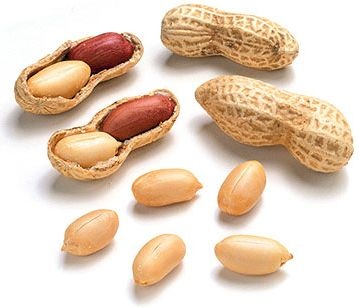Groundnut (Arachis hypogaea L.) belongs to an important family leguminosae. It is an oilseed crop with 50 percent oil contents. The remaining portion can be used as meal for food or feed (25-30% proteins). In the world, groundnut crop ranks 13th in importance. The annual production ranges from 70,000-80,000 tons. In Pakistan it was grown on an area of 94.9 m hectares with a total production of 83.4 million tons during 2007-08. In Khyber Pakhtunkhwa during the same period it was grown on an area of 9100 hectare with a total production of 13900 tons and an average yield of 1525 kg per hectare. (1). In India, groundnut is one of the major oilseeds crops with its largest area in the world, but the area and production of this crop is fluctuating between 6.0 – 8.5 m ha and 6.0 – 9.5 million tonnes, respectively, mainly due to climatic variations, and biotic and abiotic stresses (Singh and Basu, 2004).
Groundnut is a potential crop for both rainfed and irrigated lands of Kohat Division and can easily be adjusted in prevailing cropping patterns. Santos (7) reported that BRS151 Amendoim L 7 is a large seeded groundnut variety for Brazil with average pod yield of 1850 kg under rainfed and 4500 kg per hectare under irrigated condition. Gao et al. (2) released Nonghua 22 for early maturity and high yield. The variety was tested at four locations with average pod yield of 4021 and 4116 kg per hectare during 1992 and 1993 against checks (3454 and 3607 kg/ha). Khan and Rahim (4) evaluated 20 varieties of groundnut and reported that Cina (4528 kg/ha), ICGS 50 (3889 kg/ha). ICGV 86028 (3798 kg/ha) and ICGS 7326 (3611 kg/ha) produced significantly higher pod yield against check SP-96 (2409 kg/ha). Shah et al. (8) reported that yield was positively correlated with pods per plant and seeds per pod.
The present study aimed to investigate and select the most desirable, well-adapted, high and stable yielding production technology of groundnut for rainfed as well as irrigated lands of Kohat district.



